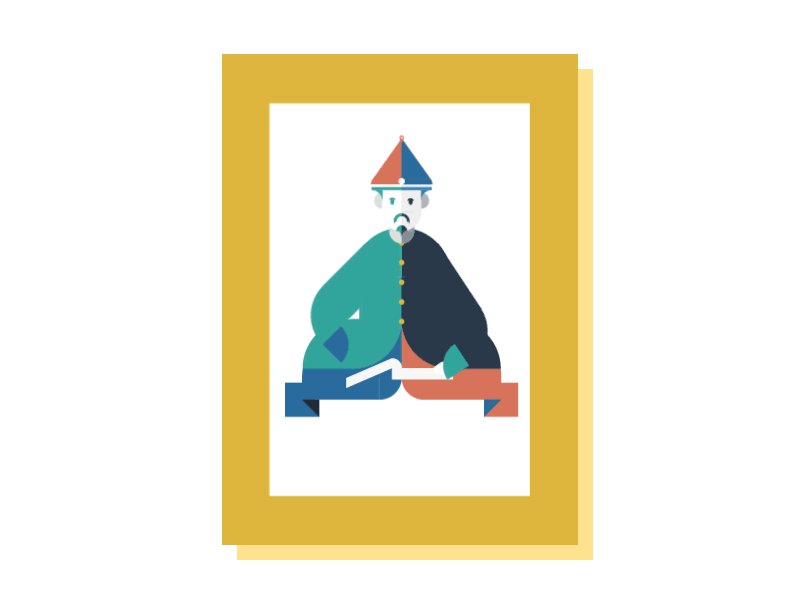Hiuwan yei
4/12
I counted so many times,but the number of illustration doesn't match at all.well,I forgot upload this one long time ago,the most important one......now the order is wrong,but...who cares.
The Kangxi Emperor (康熙; 4 May 1654 – 20 December 1722), personal name Hiuwan yei or Xuanye(玄烨), was the fourth emperor of the Qing dynasty.
The Kangxi Emperor's reign of 61 years makes him the longest-reigning emperor in Chinese history (although his grandson, the Qianlong Emperor, had the longest period of de facto power) and one of the longest-reigning rulers in the world.
The Kangxi Emperor is considered one of China's greatest emperors.[3] He suppressed the Revolt of the Three Feudatories, forced the Kingdom of Tungning in Taiwan and assorted Mongol rebels in the North and Northwest to submit to Qing rule, and blocked Tsarist Russia on the Amur River, retaining Outer Manchuria and Outer Northwest China.
The Kangxi Emperor also was interested in Western technology and wanted to import them to China. This was done through Jesuit missionaries, such as Ferdinand Verbiest, whom the Kangxi Emperor frequently summoned for meetings, or Karel Slavíček, who made the first precise map of Beijing on the emperor's order.
From 1711 to 1723, Matteo Ripa, an Italian priest sent to China by the Congregation for the Evangelization of Peoples, worked as a painter and copper-engraver at the Qing court. In 1723, he returned to Naples from China with four young Chinese Christians, in order to groom them to become priests and send them back to China as missionaries. This marked the beginning of the Collegio dei Cinesi, sanctioned by Pope Clement XII to help the propagation of Christianity in China. This Chinese Institute was the first school of Sinology in Europe, which would later develop to become the Istituto Orientale and the present day Naples Eastern University.
The Kangxi Emperor was also the first Chinese emperor to play a western musical instrument. He employed Karel Slavíček as court musician. Slavíček was playing Spinet; later the emperor would play on it himself. He also invented a Chinese calendar.[citation needed] China's famed blue and white porcelain probably reached its zenith during the Kangxi Emperor's reign.
